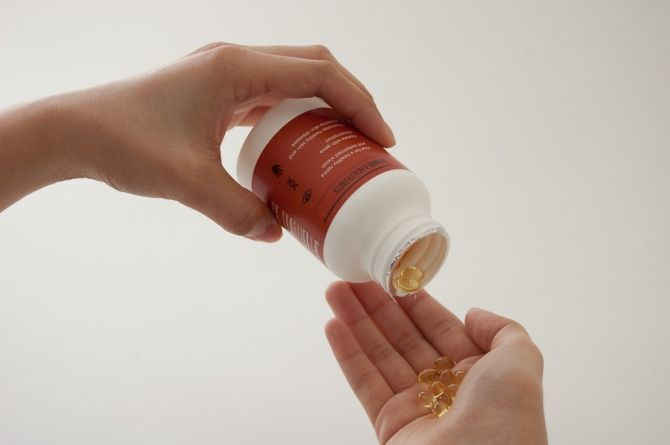Vitamin D May Help Combat Tuberculosis

Tuberculosis is one of the world's deadliest diseases. According to the Centers for Disease Control and Prevention (CDC), nearly one third of the world's population is infected with tuberculosis, and there are approximately 1.5 million tuberculosis-related deaths each year. However, with the combination of vitamin D and antibiotics, doctors hope to reduce the number of tuberculosis-related deaths.
In prior years doctors used vitamin D to treat tuberculosis, however with the development of antibiotics the use of vitamin D disappeared, until now.
In a study conducted throughout several hospitals in London, patients were either administered antibiotics and vitamin D pills or antibiotics and a control pill. Patients whose treatment included antibiotics combined with vitamin D pills recovered faster from the infection. The vitamin D patients cleared the infection within 23 days, compared to the 34 days of those who were given antibiotics and a control pill.
According to Dr. Adrian Martineau, of the Queen Mary University of London, vitamin D can be a useful extra weapon in combating tuberculosis.
Researchers believe vitamin D works by calming inflammation during the infection, which is essential in the body's response to the infection, all while not interfering with the antibiotics. Researchers also believe supplements may be useful in battling other lung infections such as pneumonia or with inflammatory diseases such as sepsis.
It is still too early for Dr. Martineau to recommend patients to take vitamin D pills. Further test are needed to determine the best dose and if different forms of vitamin D are better for treatment.
Tuberculosis is spread through the air from one individual to another. When an individual who is infected with tuberculosis s sneezes, coughs, sings or speaks into the air, others nearby may inhale the same air and become infected. The bacterium called Mycobacterium tuberculosis mainly attacks the lungs, but can affect other parts of the body such as kidney, spine and brain.
The study was published in the Proceedings of the National Academy of Sciences.



























